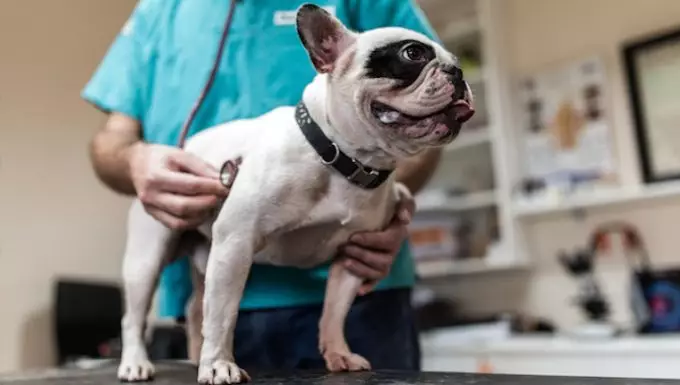In the world of canine health, few conditions evoke as much concern as Apudoma, a rare yet formidable gastrointestinal tumor. This often insidious disease primarily targets older dogs, who may unknowingly suffer from symptoms that mimic other, less severe ailments, leading to a delay in diagnosis and treatment. As dog owners, we have a profound responsibility to be vigilant about any changes in our pets’ behavior or appetite, for the signs of Apudoma can often be subtle yet alarming.
Symptoms That Signal Trouble
The manifestation of Apudoma can present itself through various troubling symptoms. Weight loss and vomiting are perhaps the most distressing signs, but they often accompany less obvious indicators such as a reluctance to eat, abdominal discomfort, and changes in bowel habits, including the presence of blood in feces. Moreover, you may notice a heightened thirst or lethargy in your beloved companion. These symptoms, indicative of underlying turmoil, should never be brushed aside. Instead, they warrant immediate veterinary attention, as they may illuminate a deeper issue.
Alongside these physical manifestations, dogs suffering from Apudoma may appear depressed, which adds another layer of emotional distress for pet owners. Recognizing these signs could be pivotal; after all, a timely intervention can dramatically alter the trajectory of your dog’s health journey.
Understanding the Unknown Causes
As it stands, the precise causes of Apudoma remain shrouded in mystery, leaving veterinarians and pet owners alike grappling for answers. The prevailing theories suggest that factors such as diet and lifestyle play a significant role, alongside potential hereditary predispositions. While it is disconcerting to acknowledge that some causes may be beyond our control, understanding these factors can empower owners to take preventive measures. Prioritizing high-quality diets and regular veterinary check-ups create a vigilant safety net for our aging companions.
A Comprehensive Diagnostic Approach
When faced with worsening symptoms, your vet will typically initiate a diagnosis with a thorough consultation regarding your dog’s health history. This step is crucial for ruling out other gastrointestinal conditions that may mimic Apudoma. A detailed physical examination will follow, often supplemented by blood and urine tests to ascertain the presence of iron deficiencies or other abnormalities.
Ultrasound imaging serves as a critical tool for visualizing tumors within the stomach. This non-invasive method not only aids in diagnosis but also sets the stage for strategizing an effective treatment plan, underlining the importance of a collaborative effort between owners and veterinarians.
Navigating Treatment Options
When it comes to treating Apudoma, the approach is typically surgical, focusing on the removal of the tumor. However, the feasibility of this option depends on the tumor’s stage and overall health of your dog. It’s crucial to engage in open discussions with your veterinarian regarding the potential risks involved. In cases where surgery is not viable, palliative care becomes paramount—aiming to improve your dog’s quality of life by managing pain and other distressing symptoms.
As a dog owner, being proactive and informed not only aids in your pet’s recovery journey but also strengthens the bond of trust between you and your furry friend. The power of companionship, empathy, and knowledge will prove invaluable as you navigate through the complexities of Apudoma.

